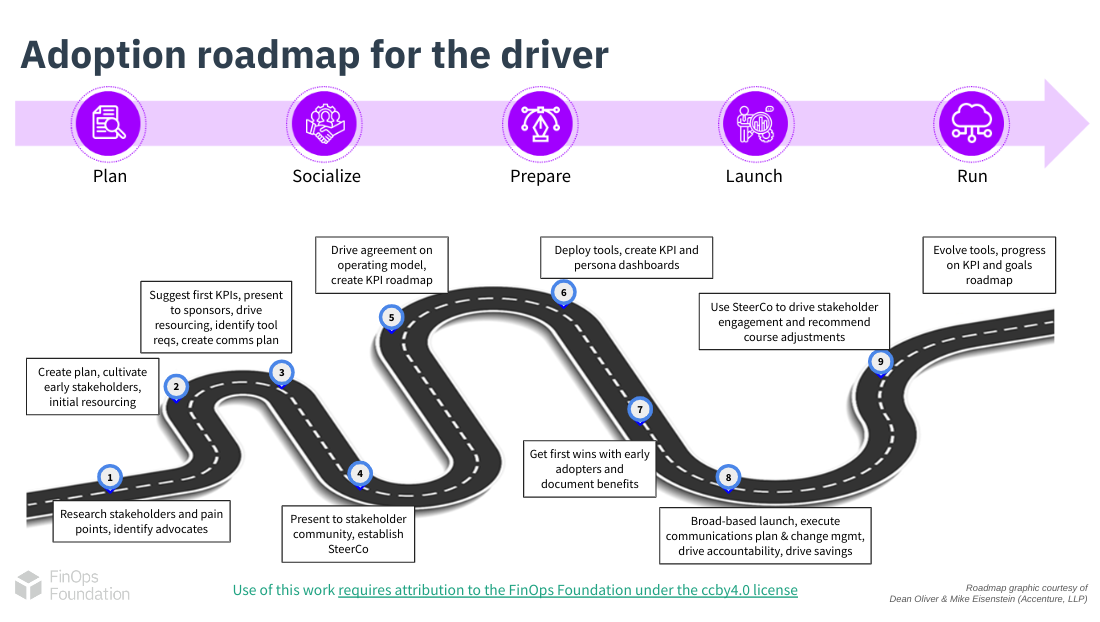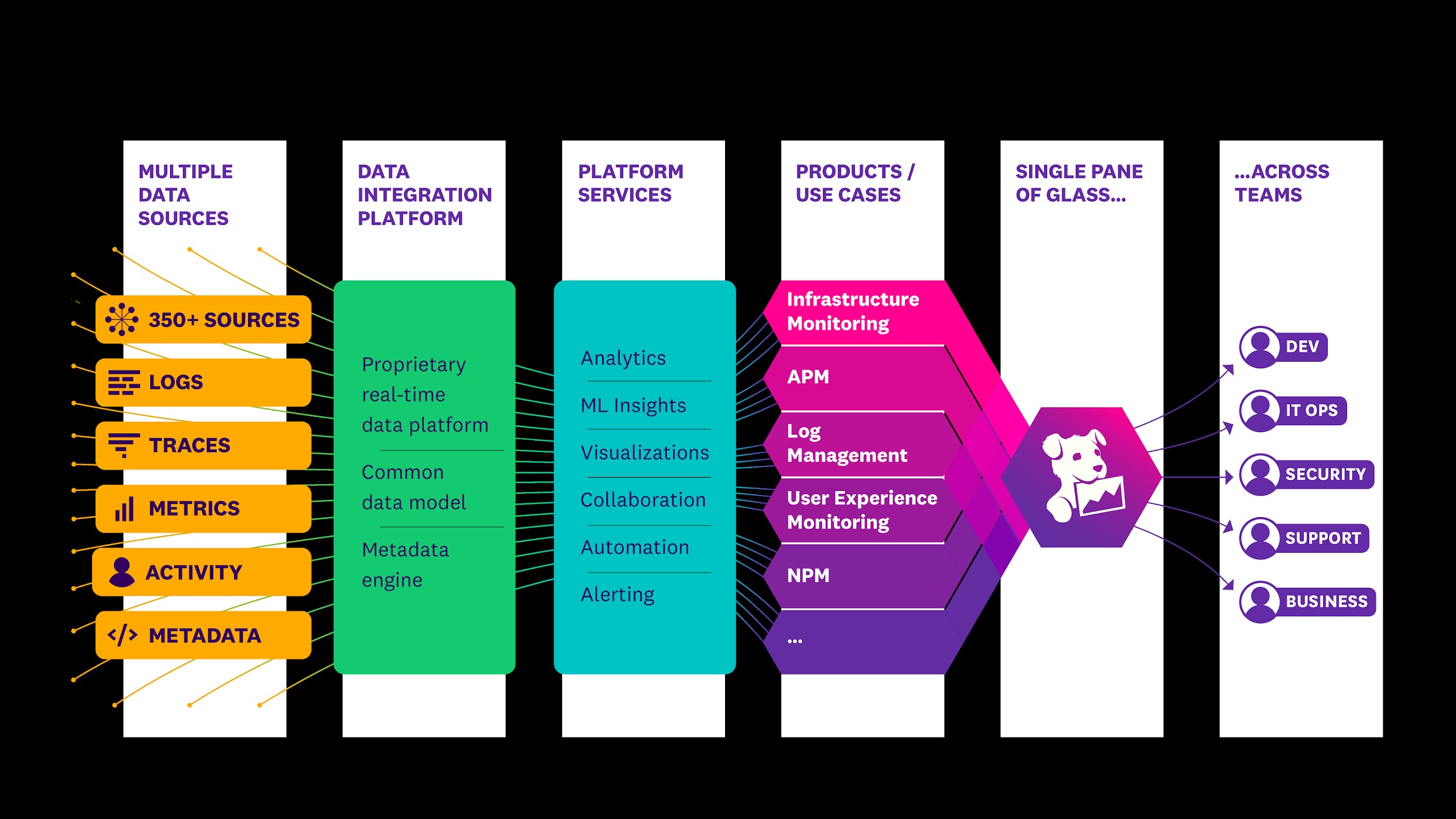Today, we’re diving into a topic that’s as buzzing as a beehive in the tech world, yet remains wrapped in a shroud of mystery for many: FinOps. Now, before you yawn and click away, let me promise you this isn’t going to be your average, dry tech talk. I’m here to unravel this concept with a sprinkle of humor, a dash of personal insight, and perhaps a few too many coffee references. So, grab your favorite mug, and let’s decode FinOps together!
The essence of FinOps: A blend of finance and ops, obviously!
FinOps, short for Financial Operations, is where the rigor of finance meets the agility of cloud operations. It’s like peanut butter and jelly – seemingly different but wonderfully complementary. In the realm of cloud computing, where resources are as vast as the ocean, FinOps is the lighthouse guiding organizations to manage their spending without capsizing their innovation boat.
Why FinOps matters more than my morning coffee
In an era where every company is essentially becoming a tech company (yes, even the corner bakery), managing cloud costs effectively is not just smart; it’s crucial. FinOps is not about cutting costs mercilessly – that would be like me giving up coffee, unthinkable! Instead, it’s about optimizing expenses to ensure every dollar spent is propelling the business forward, not just adding to the digital landfill.
The core principles of FinOps: A trifecta of wisdom
- Visibility is king: Imagine shopping blindfolded. That’s what managing cloud costs without visibility is like. FinOps emphasizes the importance of seeing where every penny goes in the cloud.
- Accountability for all: In the FinOps world, everyone from developers to finance gurus takes ownership of their cloud usage. It’s a team sport, not a solo adventure.
- Optimization is ongoing: The cloud is as dynamic as my coffee preferences. What worked yesterday may not be the best approach today. Continuous optimization is the heart of FinOps.
FinOps lifecycle: More than just a fancy buzzword

FinOps Framework Overview (FinOps Foundation)
The FinOps journey is cyclical, much like my love affair with different coffee blends. It starts with Informing, where businesses gain visibility into their spend. Then, it moves to Optimizing, where they tweak and tune their resources. Finally, in the Operate phase, they implement governance to keep everything running smoothly. Rinse and repeat for sustained success.
Real-world FinOps: Not just for the big players
You might be thinking, “This sounds great for the Googles and Amazons of the world, but what about us mere mortals?” Fear not! FinOps is scalable and adaptable. Whether you’re a startup living on ramen noodles or a multinational feasting on caviar, FinOps principles can be tailored to fit your needs.
Getting started with FinOps: Tips from a fellow traveler
Embarking on the FinOps journey can feel like learning a new language. Here are a few tips to ease the process:
- Start small: Don’t try to boil the ocean. Begin with a single cloud project or team.
- Embrace culture change: FinOps is as much about mindset as it is about mechanics. Foster a culture of accountability and continuous learning.
- Leverage tools and technology: There are fantastic tools out there designed to make FinOps easier. Don’t reinvent the wheel.
The not-so-secret sauce of FinOps success
In my journey, I’ve discovered that the secret sauce of FinOps isn’t so secret after all. It’s about collaboration, transparency, and a relentless pursuit of efficiency. And, much like my quest to find the perfect cup of coffee, it’s an ongoing process of experimentation, learning, and adaptation.
How to implement a FinOps program: Brewing the perfect strategy
Embarking on a FinOps journey can feel like trying to perfect a new coffee recipe. It takes a bit of trial and error, a dash of patience, and a spoonful of strategy. But fear not! I’m here to guide you through the steps of implementing a FinOps program that can help streamline your cloud costs and operations, making them as smooth and satisfying as your morning brew.

FinOps Roadmap (FinOps Foundation)
1. Assemble your FinOps team: Gathering the right ingredients
The first step in your FinOps journey is to assemble a cross-functional team. This team should be a blend of individuals from IT, finance, and business units, much like blending different coffee beans to create the perfect roast. Each member brings a unique perspective and skill set to the table, ensuring a holistic approach to managing cloud costs and operations.
2. Understand your current state: Measuring the coffee beans
Before you can optimize, you need to know what you’re working with. This means gaining a deep understanding of your current cloud usage and expenditures. Tools like CloudHealth or Datadog can be invaluable here, providing insights into where your money is going and identifying any inefficiencies. Think of this as measuring your coffee beans before grinding them; you need the right amount to get the desired strength.
3. Establish FinOps principles and policies: Setting the coffee grinder
With a clear understanding of your current state, the next step is to establish the guiding principles and policies for your FinOps program. This includes defining roles and responsibilities, setting targets for cost optimization, and establishing policies for resource usage and procurement. It’s akin to setting your coffee grinder to the right coarseness; it lays the foundation for what’s to come.
4. Implement tooling and processes: Brewing the coffee
Now comes the exciting part – implementing the tools and processes that will drive your FinOps program. This involves setting up cloud management and optimization tools, integrating them with your existing systems, and defining the processes for monitoring, reporting, and taking action on insights. The goal is to create a seamless workflow that keeps your cloud operations running efficiently, much like a well-calibrated coffee machine that delivers the perfect brew every time.
5. Foster a culture of cost awareness: Tasting and adjusting the brew
FinOps is not just about tools and processes; it’s also about culture. Encouraging a culture of cost awareness and accountability across all teams is crucial. This means educating everyone from developers to executives about the importance of cloud cost management and their role in it. It’s like tasting your coffee and adjusting the recipe; everyone’s input is valuable in making the final product better.
6. Optimize and iterate: Perfecting the recipe
The final step in implementing a FinOps program is continuous optimization and iteration. Cloud environments and business needs are constantly evolving, so your FinOps practices need to be adaptable. Regularly review your cloud spend and usage, make adjustments based on changing needs and opportunities for savings, and always be on the lookout for new tools and practices that can enhance your FinOps program. It’s like perfecting your coffee recipe over time, making small tweaks to achieve the ultimate cup.
Pouring the final cup: A FinOps program ready to serve
Implementing a FinOps program is an ongoing journey, much like the quest for the perfect cup of coffee. It requires the right blend of people, processes, and technology, along with a dash of patience and a continuous commitment to improvement. But with the right approach, your organization can enjoy the rich rewards of efficient cloud operations and optimized costs, all while driving innovation and growth. So, take the plunge, start brewing your FinOps strategy, and watch as it transforms your cloud environment into a well-oiled, cost-efficient machine.
Top 3 tools to automate FinOps: The game-changers
In the world of FinOps, automation is not just a luxury; it’s a necessity. It’s about doing more with less, ensuring accuracy, and freeing up time for the more strategic, and let’s face it, more exciting aspects of our jobs. Here are three tools that are revolutionizing the way businesses approach FinOps, each with its unique flavor, much like my three favorite coffee blends.
1. CloudHealth by VMware: The barista of the cloud

VMware Tanzu (Vmware)
Imagine having a personal barista who knows your coffee preferences and ensures you get the perfect cup every time. CloudHealth by VMware does something similar for your cloud environment. It provides detailed visibility into your cloud costs, usage, and performance. With its powerful analytics and reporting features, CloudHealth makes it easy to identify waste, allocate costs, and optimize your cloud spend. It’s like getting that perfectly brewed cup of coffee, tailored to your taste, every single time.
2. Spot by NetApp: The espresso shot of optimization

Spot by NetApp (Spot)
If CloudHealth is the meticulous barista, then Spot by NetApp is the espresso shot that gives your cloud operations a jolt of efficiency. Spot uses advanced algorithms and machine learning to automate cloud resource optimization. It continuously analyzes your cloud usage and automatically adjusts resources in real-time to ensure maximum efficiency. Think of it as the espresso shot that keeps your cloud running at peak performance, without the jittery side effects of overprovisioning or wastage.
3. Datadog: The coffee connoisseur’s choice

DataDog Solution Diagram (Datadog)
For those who appreciate the finer details in their coffee and their cloud environments, Datadog is a must-have. It’s not just a monitoring tool; it’s a comprehensive platform that provides real-time insights into your cloud infrastructure, applications, and services. With Datadog, you can track your cloud spend in the context of operational metrics, ensuring that every dollar spent contributes to business value. It’s like understanding the subtle notes and flavors in your coffee, allowing for a more refined and enjoyable experience.
Wrapping up: Why FinOps deserves a spot in your tech repertoire
As we’ve journeyed through the world of FinOps together, I hope you’ve found the topic as intriguing as I find the quest for the perfect espresso shot. FinOps is more than just a set of practices; it’s a mindset that can help businesses navigate the complexities of the cloud with confidence and agility. So, whether you’re a tech guru, a finance whiz, or just someone curious about the future of business, FinOps is a field worth exploring. And who knows? It might just be the ingredient your organization needs to brew up success in the digital age.